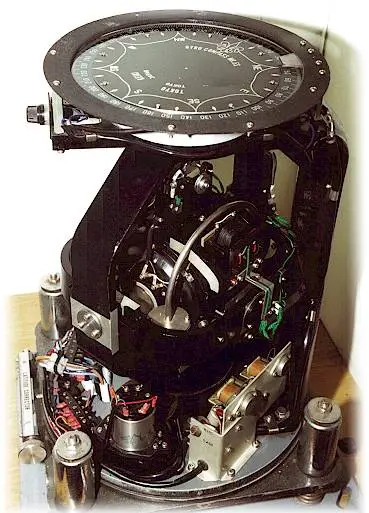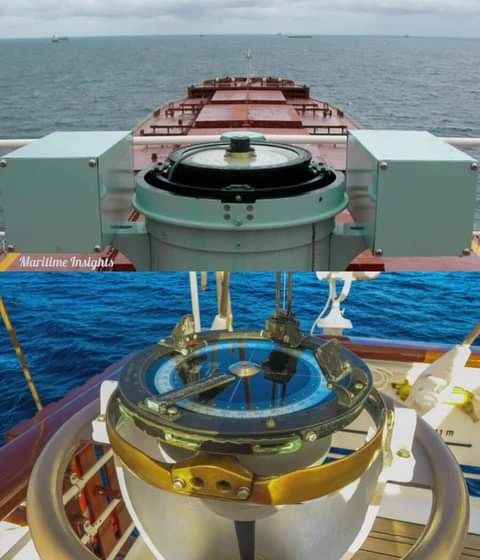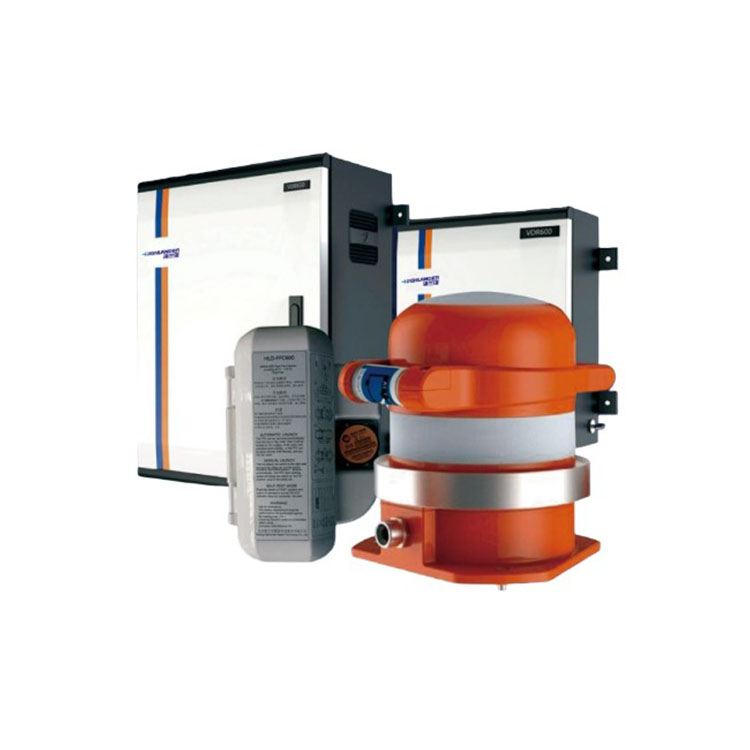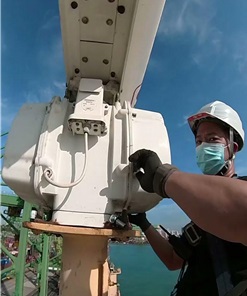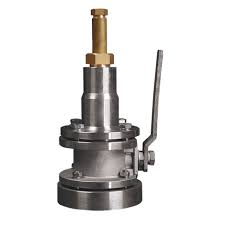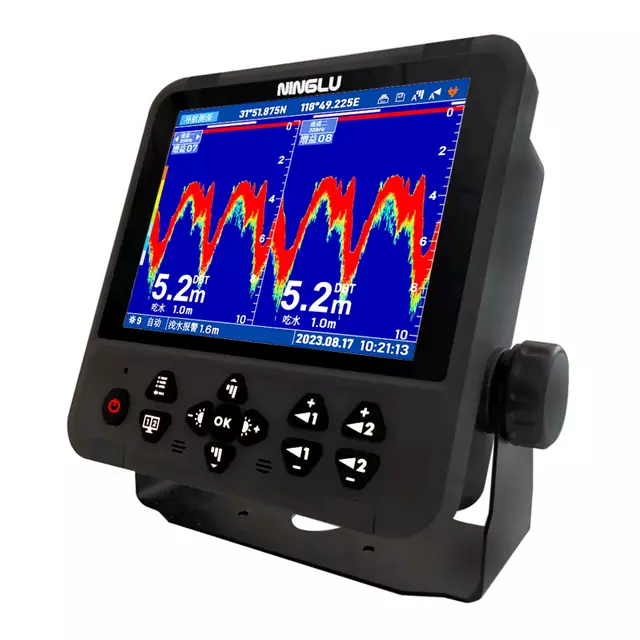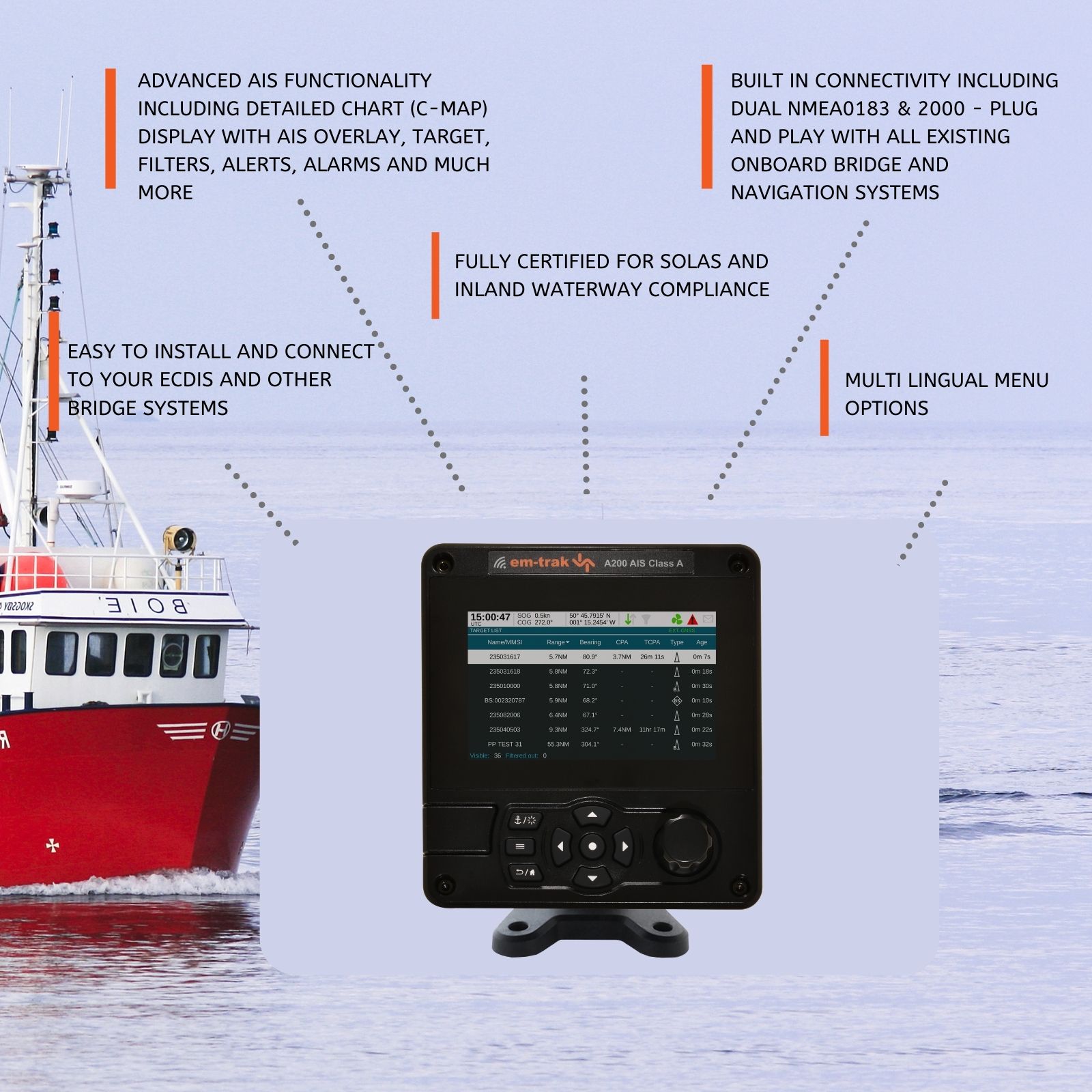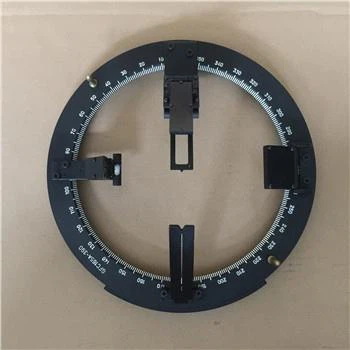Welcome to ATEX MARINE
ATEX Marine is a premium Navcom service provider with a strong presence in the UAE, Singapore, Oman, Egypt, Bahrain, India and Qatar. Specializing in navigation and communication solutions, we are dedicated to delivering high-quality services and innovative technologies to meet the diverse needs of the maritime industry across these regions.
Our clients span various sectors within the marine industry, including merchant vessels, offshore vessels and rigs, defense, luxury yachts, super yachts, and fishing boats.


